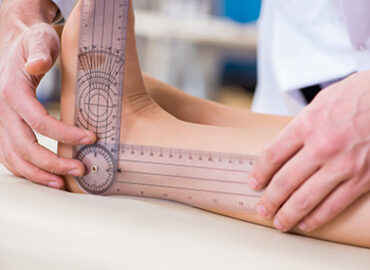Children’s Podiatry
Does your child regularly complain about pain in their feet or legs? At Gait Way Podiatry, we are passionate about our children being able to run, play and grow without being held back by pain or discomfort.
As the feet and legs grow and change so quickly, it can be difficult for parents to know what is normal, and what isn’t. As experts in feet, we’re here to guide you. Below are some of the more common children’s foot issues we see in the clinic.
Children’s Foot & Leg Development
Children’s feet are different from adults, as they are not yet fully formed. At 6 months of age, a babies’ foot is still mostly...
read moreFlat Feet in Children
The term “flat foot” refers to a condition where the foot lacks an arch. In children, the arch on the inside of the foot may begin to...
read moreHypermobility
If your children are extra flexible, they may have joint hypermobility syndrome. You may have also heard hypermobility referred to as...
read moreIngrown Toenails on Babies & Children
Ingrown toenails are when one or both sides of the nail begin to grow into the skin next to it, which can lead to pain, redness and...
read moreIntoeing (Pigeon Toes)
Intoeing is when the feet turn inwards when walking and running rather than pointing straight ahead. It is often referred to as pigeon...
read moreKnock Knees
Medically referred to as Genu Valgum, knock knees are common in children between the ages of three and seven. When a child with knock...
read moreSchool Shoes
When it comes to school shoe shopping time, make sure you go armed with the knowledge and everything you need to pick the right shoes for...
read moreSevers Disease/Heel Pain
Sever’s disease is a common cause of heel pain in adolescence. Developing, physically active “kids” are often more prone to this...
read moreToe Walking
When children are first starting to learn to walk, they may tiptoe. This may then become a habit. The child displays a pattern of walking...
read moreWarts on Children’s Feet
Warts can occur at any age, but are most commonly found in children. They are caused by a group of viruses called the HPV (human papilloma...
read more










